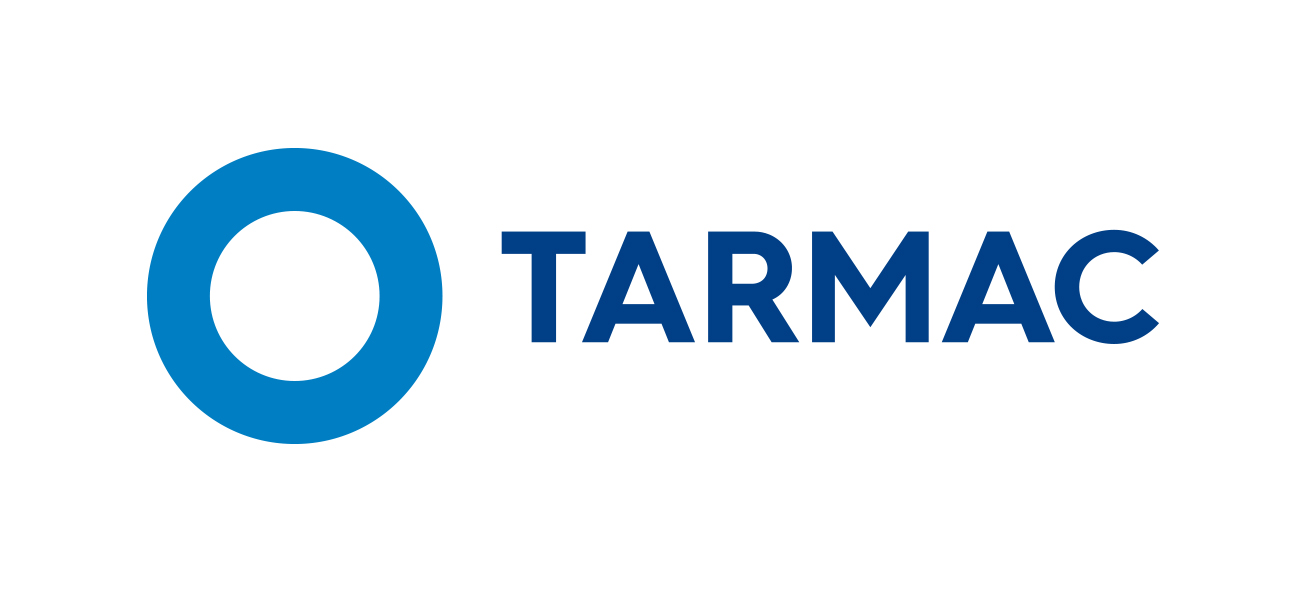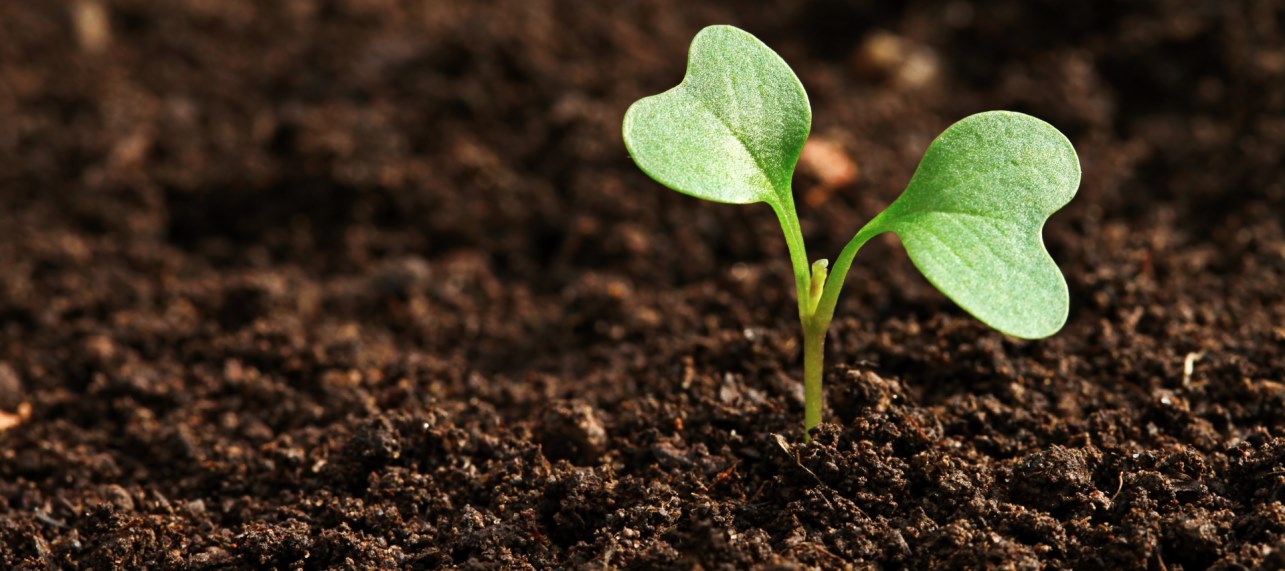Despite being present across almost every landscaping project, from a new public park to a bespoke private property, soil can often be viewed as a simple add-on or worse, an after-thought. Peter Cullen, technical sales manager for Tarmac’s Topsport solutions, examines how cutting corners can have significant legal and financial implications when it comes to the supply and spreading of topsoil; and the benefits of meeting standards.
As with many other products used across the landscaping market, topsoil is governed by a strict set of standards which ensures the end product is fit for purpose.
Whilst, on the surface, soil may not appear to be a particularly troublesome or complicated product, failing to meet the ‘British Standard for Topsoil’(BS 3882:2015) can still result in hefty financial implications for those involved. It is therefore vital that the significance of choosing the correct topsoil is recognised and taken seriously.
The impact of using non-compliant products
Despite the fact that the British Standard for Topsoil has been in place since 2007,it is still common to see the supply of poor quality and non-compliant soil by those looking to reduce costs. This soil may come from old building sites, recycling centres, or other unreliable sources. The low price tag may be tempting, but landscape architects and other contractors must remain vigilant.
Whilst buying BS-certified topsoil may come at a slightly higher cost (which is still negligible in comparison to the quality difference), the customer can be safe in the knowledge that what is spread will be compliant with not only British Standards, but with NHBC (National House Builder Council) standards as well.
Crucially, it is those responsible for purchasing and spreading non-BS certified topsoil that are liable for any financial consequences which may occur as a result, rather than those necessarily selling it. For example, given topsoil’s necessity to any landscaping project which requires either turf or plant growth, it is one of the most abundantly used products across the market. As such, there is likely to be a temptation to opt for cheap, non-compliant topsoil in order to keep costs down. However, the end recipient is well within their rights to ask for that soil to be tested once spread, with penalties directed back if failures occur; mainly if the topsoil has been contaminated or exhibits unsuitable chemical or physical properties that will prevent any turf or plants from growing.
It is not just chemical properties that can have an effect on topsoil’s ability to support plants and turf. If the product is taken from a recycling plant dirt screen, then it could contain high quantities of concrete or asphalt, which in turn would also prohibit growth. Similarly poor soil profile construction, especially over-compaction, will inhibit root growth as it prevents water and air penetrating to the required level. This can easily occur through over-use of heavy equipment, the handling of the soils when wet, or poor storage.
If the specified topsoil is found to not comply with BS3882:2015, then it is up to the landscaper to pay for its removal and disposal. It will also be their responsibility to source and spread a compliant replacement and absorb the associated costs, such as removing to landfill – which can be highly expensive; replacing the soil; cleaning the site; and in some cases, buying new turf or vegetation.
If all of the aforementioned were to happen on a significant project such as a new park or the garden of a stately home, then the overall expense would have a devastating financial effect on the contractor, with the costs easily surpassing those of purchasing BS-certified topsoil in the first instance.
Benefits of BS3882:2015
In order to offer plants, turf, and other vegetation the best opportunity to grow, the topsoil must comprise of a certified combination of minerals, nutrients, water, organic matter, air, and living organisms.
As this mix can be hard to achieve naturally, the British Standard for Topsoil was introduced to ensure landscape architects, contractors, and specifiers have a ready-made point of reference to enable them to supply and spread a safe and tested product.
BS 3882: 2015 ensures that each certified topsoil mix contains the correct pH level, to determine the correct acid/alkaline balance; the ideal physical composition to help avoid compaction; the right electrical conductivity value; as well as the maximum level of stones or sharps permitted.
Topsoil manufacturers, including Tarmac Topsport solutions range, are also regularly tested in line with BS 3882: 2015 standards to ensure all products are suitable for the intended end uses. Whilst different geographic areas will each have a unique geological composition – some may contain more sand, limestone or chalk than others – BS-certified topsoil can be used for all general-purpose applications, such as lawns or communal grassed areas across the country. However, for a topsoil with a specific end-use, such as a low nutrient topsoil for a wild flower meadow, it is possible to offer bespoke topsoil mixing, in line with BS 3882: 2015.
Final thoughts
In short, the importance of supplying and spreading the correct topsoil cannot be underestimated, regardless of its end location. Attempting to cut corners by using non-BS 3882:2015 certified topsoil could seriously impact on the growing conditions for turf, plants, and other vegetation; and result in heavy financial implications for those laying it.
This cost almost always outweighs what would have been the initial purchase price of the BS-certified topsoil. What’s more, the growing conditions it offers should be enough to convince contractors to only purchase British Standard topsoil.
BS 3882: 2015 was brought in for a reason, and it is up to landscapers to ensure that it is adhered to so that the best possible results are achieved.
For more information on Tarmac’s range of British Standard Topsoils, please call 0333 003 5927 or email topscape@tarmacbp.co.uk

